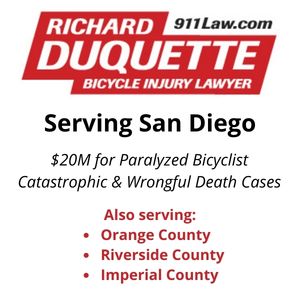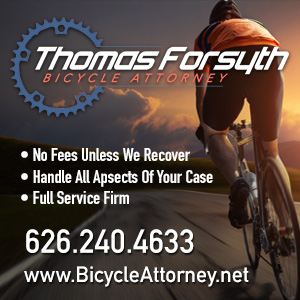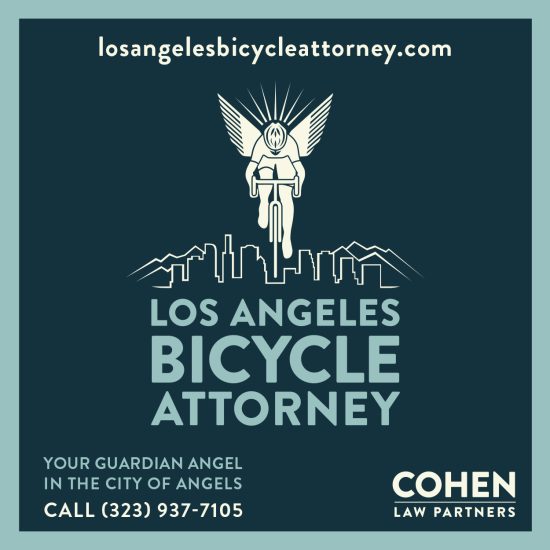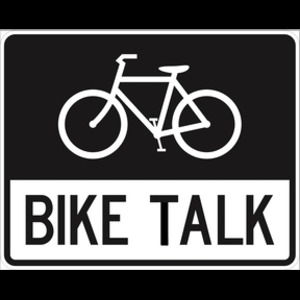
Honestly, I don’t even know where to start with this one.
A writer for the extremist National Motorists Association blames New York’s Vision Zero for everything this side of the Lindberg kidnapping.
Vision Zero is a huge nightmare for everyone that lives or works in NYC. Since the introduction here of Vision Zero, commute times have more than doubled. The city has introduced road diets, has converted streets for bike and bus only lanes and has gotten rid of left turn lanes. These changes have made NYC streets nearly impassable. Road rage has now become more common due to frustration, crowded roads and less space to drive.
Under the Vision Zero regime, driving to work during morning rush hour takes hours instead of minutes. NYC has become anti-car and really anti-transit too since there seems to be little money available to fix the decrepit subway system. The use of congestion pricing to help pay for the subway won’t help either. Is it fair to make motorists pay for public transportation when we might not even use it?
Never mind that improving public transportation relieves pressure on the traffic grid, as more people choose not to drive.
Let alone his unsupported claim that commute times have doubled — or maybe it’s gone from mere minutes to hours, since he doesn’t seem sure.
Which you’d think would result in higher stress levels, though most New Yorkers seem to disagree.
He also takes offense at “entitled” pedestrians and bike riders who apparently throw themselves in front of those poor, put-upon motorists in hopes of getting hit.
Road diets are one thing but another side product of Vision Zero is that it has produced a generation of distracted and entitled pedestrians who expect motorists to yield to them as soon as they step foot into the street even when crossing against the light or outside of legal crosswalks. I have witnessed so many close calls where pedestrians with intent moved in front of a moving vehicle because they know whatever happens, the motorist will always be at fault. The same holds true for bicyclists who seem to think that the rules of the road do not apply to them.
But seriously, it’s worth reading, if only to understand who we share the roads with.
Or because you need a good laugh.
Photo by Stanley Nguma via Pexels.com
………
Good question.
A mobility blogger says cities are dithering with e-scooter caps, while ignoring the real problem.
When was the last time cities like San Fransisco, Santa Monica, or Los Angeles threatened Ford or GM with cease and desist letters, or slapped them with vehicle caps, or threatened to ban them from cities for creating, say SUVs, that are even more deadly than regular cars, even when we knew they were more deadly 14 years ago?
………
Stop whatever you’re doing, and check out the best bike chase in recent memory, as a couple of ebike riders pursue a runaway dog in a hair-raising ride through the streets of New York.
And be sure to stick around for the surprising denouement.
Update: Unfortunately, it looks like they’ve taken down the original version I’d embedded.
Here’s a less edited and non-captioned version of the video. But it’s worth clicking on the link above to get the full effect.
Thanks to Jeff Vaughn for the heads-up. And the best laugh I’ve had in weeks.
………
Local
If you’re headed to the 13th Annual AltCar Expo and Conference in Santa Monica this weekend, go by bicycle and take advantage of the free bike valet. Or better yet, just forget the car and buy a good ebike or cargo bike instead.
Talk about the cup half full. While everyone else saw LA’s e-scooter pilot program as compromise to keep scooters on the streets, KNBC-4 says it will force thousands of scooters off them.
State
An Op-Ed in the Desert Sun calls for creating protected bike lanes in a planned makeover of Indian Canyon Drive to create a Complete Street that works for everyone.
Something virtually every bike rider can relate to, as a Thousand Oaks bike rider was forced to jam on the brakes when a driver cut across two lanes of traffic to make a right turn from the left lane. Let’s give a shout out to TOPD deputy Mike Berg, who says bike riders are at fault in some of the crashes between bicyclists and drivers in the Conejo Valley. Which is undoubtedly true, as is the obverse.
Protected bike lanes barely win out over parking spaces in San Luis Obispo, as residents argue a cycle track would actually make bicycling more dangerous.
A mobility website asks if San Francisco just solved scooter sharing.
National
Treehugger says we all have to stop obsessing about bike helmets, because “in most interactions between bike and truck, the helmet doesn’t make much of a difference,” and just isn’t relevant to the real safety discussion.
A writer for Strong Towns says maybe we need to talk about the dangers of bicycling, as well as advocating for more riders. Because it’s not fair or honest to to do one without the other.
Bicycling says if you really like spin class, try riding a real bicycle once in a while.
Two young Korean men finished a 70-day trip across the US to call attention to Korean comfort women in WWII; only 27 survivors remain today.
A Chicago bike rider was seriously injured by a woman fleeing in a stolen car, just seconds after barely missing a father taking his kids home in a cargo bike.
New signs tell Chicago bike riders to walk their bikes on what is supposed to be a multi-use trail, after a single “crackpot” threatened to sue the city.
New York police wanted to file charges in the case of an Australian tourist who was killed in a crash with a garbage truck after a taxi driver cut her off in the bike lane, but the district attorney refused to accept the case.
A New York website says Central Park is an oasis for bicyclists — if they can get there.
International
Practice makes perfect. Yamaha is out with their 25th generation of ebikes, after inventing the ped-assist category in 1993.
A Vancouver bike commuter says the city’s holier-than-thou bicyclists are ruining it for everyone; his point is that a little courtesy and respect for others make a big difference. Although he could make the point just as effectively without stereotyping the people he complains about.
No bias here. A Winnipeg TV station says a bike rider was killed when “collided” with a semi. After all, it couldn’t possibly be that a truck driver actually hit the person on the bike.
Toronto’s mayor calls for a crackdown on loud cars and motorcycles, saying their owners should be heavily fined for creating disturbances. Please, please, please let that spread here to LA. Thanks to Norm Bradwell for the link.
Chinese dockless bikeshare provider Mobike has thrown in the towel in Manchester, England after too much vandalism and too many stolen bikes.
The British government has dropped plans to raise the floor for liability claims to the equivalent of $6,500, which would prevent most bike riders from filing claims for minor injuries.
Britain’s roads minister — the equivalent of our Secretary of Transportation — tells parliament that segregated bike infrastructure is critical for improving traffic safety.
Local residents are threatening to sue to stop a 100-mile closed course UK ride that’s expected to draw up to 15,000 riders; they also plan a walking protest to block the route of the ride.
A German man who now lives on his bike plans to set a new record by riding over 14,000 miles from the Arctic Circle to Argentina in under 125 days.
Finally…
Not even bike-riding police commissioners are safe from lawbreaking drivers. When you can’t make the ride for the first time in 18 years, so your friends try to recreate it for him.
And hats off to whoever heroically filmed a British man being beaten by a bike thief in a strong-arm robbery, while a suited man politely tries to sort of, but not really, intervene.
It’s not like anyone would actually want to do something to stop it or anything.
https://www.youtube.com/watch?v=3ajcsLBv8c4
………
If you want to join the Militant Angeleno and me for the first-ever Militant Angeleno’s Epic CicLAvia Tour on September 30th, RSVP by emailing MilitantAngeleno@gmail.com.
We want to guarantee a relatively small group to make sure we can keep the group together, and everyone can hear.


















